In many of the most developed countries, companies that provide a number of services for the restoration of worn automobile tires are prosperily prospering. Even world-famous manufacturers of high-quality tires have subsidiaries that specialize in high-quality rubber restoration with an erased protector. Thus, the restored tires are returned back to the shelves of stores, the cracked economical car owners with their democratic price that is very different from the cost of similar car tires. However, the next question does not appear - is it safe to install such rubber on your car? About this further in the article.
Content
Restored tires, what it is and who restores them
As is known, inside the rubber layer there is a tire frame, presented by a large number of layers of metallic Cord, as well as nylon (or other synthetic) tissue. It is very rarely subjected to essential wear, as it only contacts the top layer of the tread, erasing with each kilometer ride. Therefore, when the wheels are finally erased, the tire protector can be restored.
Essence of the event is quite simple - the worn protector is changed to a new one, applying different methods for this. Wheels are becoming suitable for use and provide an excellent level of security even on a wet or slippery track. But such rubber is somewhat inferior to a new one - its operational period is united twice as well, and the characteristics affecting manageability are most often far from reference.
Ways to restore tires
Automotive tires are restored by two main ways:
- By increasing the tread grooves, followed by the creation of its drawing.
- Cold and hot method of recovery by building a new tread:
- With cold buildup, a new layer of the rubber ring is pasted on top of the existing tread.
- With hot buildup, an additional rubber layer is applied using vulcanization.
restoration of auto strokes by increasing tread grooves, pros and cons
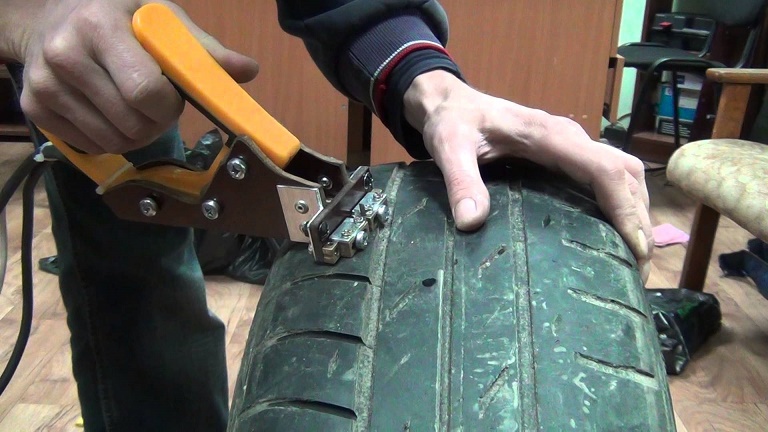
At the first method, the spent tire is carefully cleaned, and then the primary pattern of the tread is deepening further into the rubber layer, which, of course, entails its decrease. This method is not always safe, because the behavior of similar tires on the road cover is simply unpredictable.
cold extension of tread, pros and cons
At first, the rubber is diagnosed, in the process of which the damage to the tires obtained during operation is analyzed. In the second stage, the worn protector is removed. The tire is placed in a special apparatus, in which it is pumped with air and remove the upper rubber layer from it. The subsequent third stage is called roughing. It can be installed on it, which tires are worn very much, and to cut them out. Wheels, which can still be restored, get rid of insignificant shortcomings, for example, punctures and cuts.
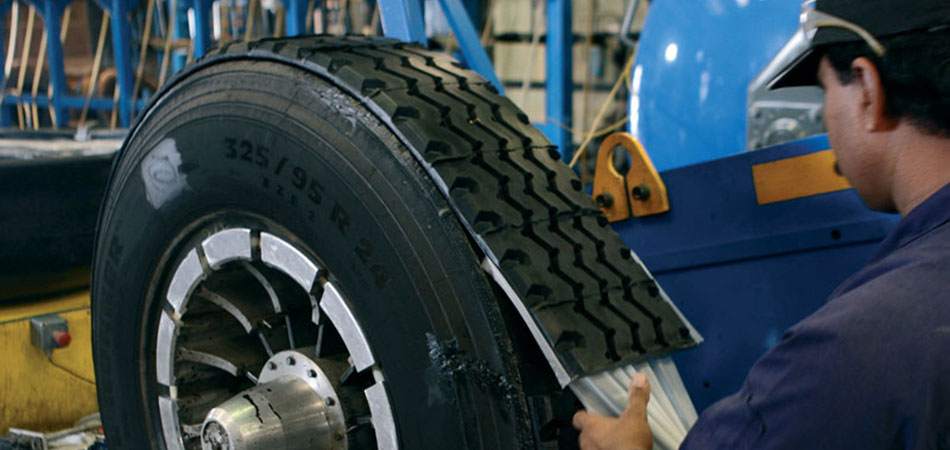
Restoration of the rubber tire tread requires the possession of a number of certain skills. A new rubber ring is covered with liquid rubber, allowing quality and reliably to remove old damage, thereby providing a sufficiently dense contact of the frame with a tread. Ground the wheel using a manual extruder, after which they impose a protector with a special pattern. Then, on a fully inflated tire, the rubber layer is cut around the wheel circumference. With the help of special equipment, the tire is folded as an envelope, and then put on the rim and on the camera. After that, the renovated rubber is subject to vulcanization in a special automated autoclave, in which the protector ring is securely attached, merging together with the frame. Then the rim and the camera is dismantled. Next, the recovered bus re-passes the diagnostics and is equipped with a warranty coupon.
hot tread extension, pros and cons
This method is similar to the previous one in the following moments:
- Initial diagnostics.
- Roughing.
- Basic repair.
- The imposition of a new rubber layer.
However, despite this, such processes of restoration of automotive rubber differ significantly. With the help of the previous method, you can reanimate automotive tires of large diameter: tires of large-sized equipment, trucks and SUVs.
The hot method is made in this way: a simple layer of rubber is imposed on a worn tire, not vulcanization. Then the protector is applied at the time of vulcanization. The new tread ornament is applied to molds operating at a temperature of 140 degrees Celsius under great pressure. To date, this method is used very rarely, but it is optimal for minibuses and passenger cars with R13-R16 tire size.
What tires can be restored, and which you can not
Unfortunately, not all tires are restored. Here it is necessary to take note of the state of their frames. The side and inner sides of the tire, its crowns and board should be to the maximum extent, because it is precisely the key to the subsequent possibility of using.
What guarantees receive restored tires
As the manufacturers, tires restored by the right technology, can pass no less than a new tires, and some automotive services are guaranteed to their restored tires per hundred thousand kilometers of the run.
How to distinguish restored rubber
If you are dealing with high-quality tires, on the sidewall of the restored tire you will see a special labeling, which means that the rubber gave the second life. Usually it looks like the inscription Regummerat, Remold or Retread, depending on the version that can be German, American or English. If the restoration was produced in Ukraine, then you will see a familiar word - "Vidnolen".
You can also meet other distinctive properties of tires that have been subject to recovery. For example, a peculiar mesh of microcracks on the side of the bus, which the recovery process did not touch, or rubber bunches that are on the inner part of the tire indicate the elimination of the buses of the tire or repair. In any case, the recovered rubber is not difficult to distinguish from the new, most importantly - carefully examine the goods.
Advantages and disadvantages of restored tires
If the car owner faces the purchase of new or recovered tires, it must be aware of all risks that previously used tires are subjected. As already mentioned above, there are several methods for restoring automotive rubber. A lot of funds spend on such an event, since specialized equipment, high-quality restoration materials and trained personnel are necessary.
No one is secret that most motorists are more oriented on products imported from abroad, because the worn tire renovated by our materials is obtained by controversial reliability and quality. However, it is quite expensive to apply foreign consumables.
It is possible to restore passenger tires only with a small wear, however, as practice shows, it is simply impossible, and only units with optimal external data are subject to restorations. In addition, it is not always possible to carry out the wheel balancing with restored tires, and this is a significant drawback.
Council Prof.
So, if this technology has so many negative moments, then why is it used? In fact, everything is not so bad as at first glance it might seem. A vehicle with an impressive mileage running for a short time interval will be perfectly riding for reanimated tires. Sensible masters can quickly, reliably and efficiently restore such tires in the presence of the equipment required. Restored winter tires will allow to save considerable funds. Professionals can do the following:
- Eliminate microcracks using thermal seating.
- Repair the cord by overlaying new threads.
- The most worn out areas are increasing with ultrasound research or rolled products.
- The new layer is glued to the bus so that the tire looks like a new one.
Related Materials
- Stove 2110, bad warm stove 2110, VAZ 2110 heating system, repairing the heating system VAZ 2110 with their own hands
- VAZ 2114 stove blows with cold air, stove 2114, bad warm stove VAZ 2114, device and repair of heating VAZ 2114 do-it-yourself, removing the stove VAZ 2114
- How to subdominize the car. How to put a jack. Types of jacks for cars.
- VAZ 2109 Fuse Block, VAZ 2109 Fuse Block Carburetor, VAZ 2109 Fuse Block Injector, Old VAZ 2109 Fuse Block, VAZ 2109 Fuse Block, VAZ Fuse Block 2109
- Car exhaust gas catalyst, faulty catalyst, pluses and cons of the catalyst, how to change the catalyst for the planeencitel
- Stove blowing cold air VAZ 2114, badly blowing the stove VAZ 2114, why badly blowing the stove VAZ 2114
- How to find out the owner of the car by the number of his car, check the car by the number of the traffic police machine, check the car by the state number of the car for free
- How to choose Used tires, Useful Tips
- Winter car road, pressure in passenger car tires in winter, good battery for the car in winter, whether to warm the car in winter
- In winter, the car is poorly started. How to make a car in winter, do you need to warm up the car in winter, useful tips
- Economy fuel consumption machines, the most economical car consumption
- Tires brands for passenger cars, labeling of car tire labeling, residual passenger car tire protector, how to pick a tire on a car brand, car tire tread pattern
- Working transmission operation, mechanical gearbox clutch work, driving with manual gearbox, useful tips
- Rear beam Peugeot 206 sedan, rear beam device Peugeot 206. Rear beam Peugeot 206 Malfunction, repair of the rear beam Peugeot 206
- Diesel fuel in winter, additive for diesel fuel in winter, how to choose the best diesel fuel
- Diesel winter does not start. How to start diesel in winter, heating diesel in winter.
- Japanese bridgestone tires, winter studded bridgestone tires, bridgestone tires brand
- Tire marking decoding for passenger cars, labeling wheels, how to choose the right tires on the disks
- Diesel engine in winter, launch of the diesel engine in winter, what oil to fill in a diesel engine in winter, useful tips
- LED backlight of the car, the backlight of the bottom of the car, the backlight of the legs in the car, the backlight in the door of the car, the backlight of the car is fine
- Choose winter tires, which is a winter tires, which pressure in winter tires should be marked with winter tires, how to choose the right winter tires, the best winter tires 2019
- Steering rail rail, knock of steering rack, reasons for the knock and repair of the steering rack do it yourself
- Cameless car tires, a set for repair of tubeless tires, repair of the cannon-free tire do it yourself
- Russian tires, Russian tires Winter, Russian All-season tires, Voronezh AMTEL tires, Tires "Matador Omsk Tire", Kama-tires are world-class bus
- How to open a car without a key. Lost the key from the car what to do, the key from the car inside the car
- Silent tires, quiet winter tires, quiet studded bus, which tires to choose, overview tires
- Tires and safety, safety of the bus, why it is necessary to constantly monitor car tires
- Rules of safe driving of the car in the rain and slush, safe driving of the car for beginners
- Rust converter which is better for cars, rust converters to choose how to use rust transducer, professionals
- Polishing the body of the car do it yourself, how to choose a polishing paste, useful tips
- Engine durability, engine life, how to extend engine life
- Knock in the car. Knock when moving a car. What can knock in the car. How to determine the cause of the knock.
- ABS car, what is ABS car, ABS system malfunction, ABS diagnostics
- Overtaking a car when you can start overtaking a car, rules of traffic rules
- Fuel pump VAZ 2110, VAZ 2110 gas station scheme, VAZ 2110 fuel pump device, VAZ 2110 gas station repair,
- Automotive antennas for radio, automotive antenna device, car antenna do it yourself
- Front suspension Kalina, device front suspension Kalina, knock in front suspension Kalina, repair of front suspension Kalina
- Shock absorber Oil, best oil shock absorbers, pumping oil shock absorbers, how to properly pump oil shock absorber
- Clutch malfunctions, touches clutch, causes a clutch malfunction, how to eliminate
- Viscounts of the fan, work uniforms of the fan, malfunction of the ventilator fan, repair of the ventilator fan
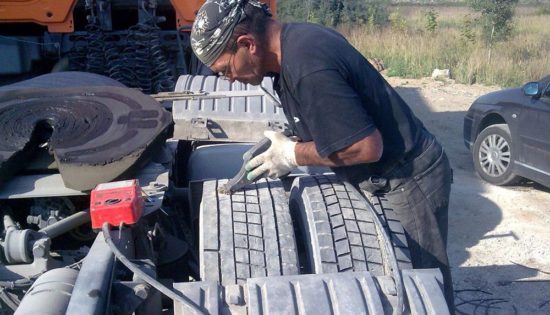
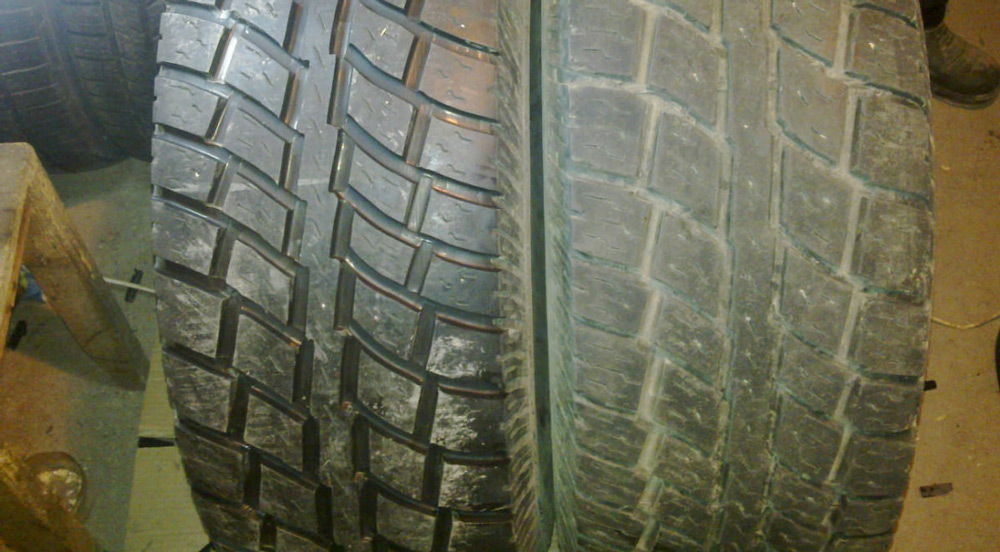
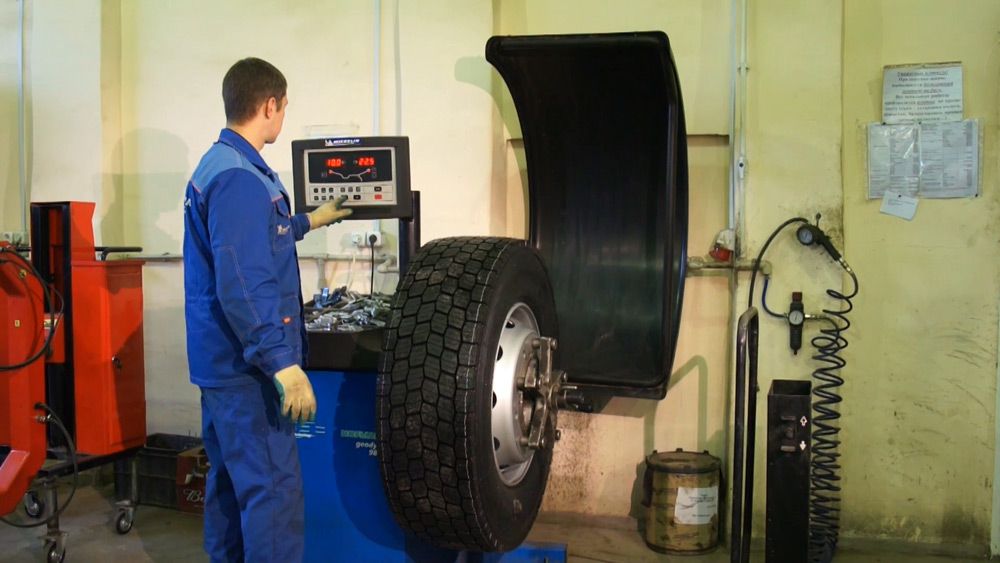
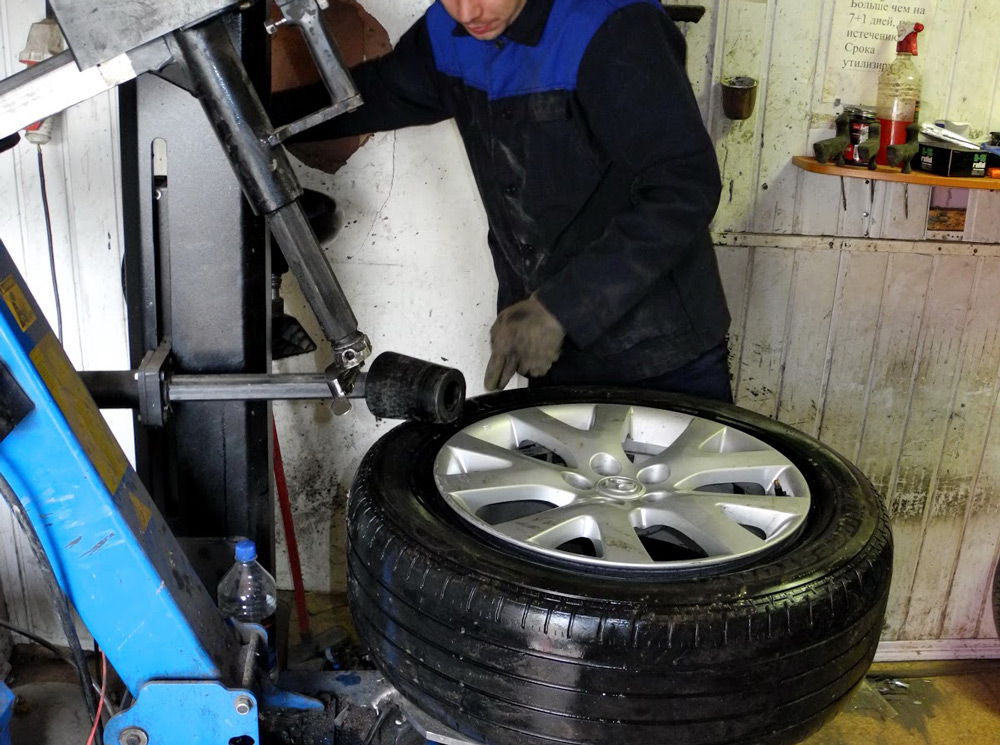
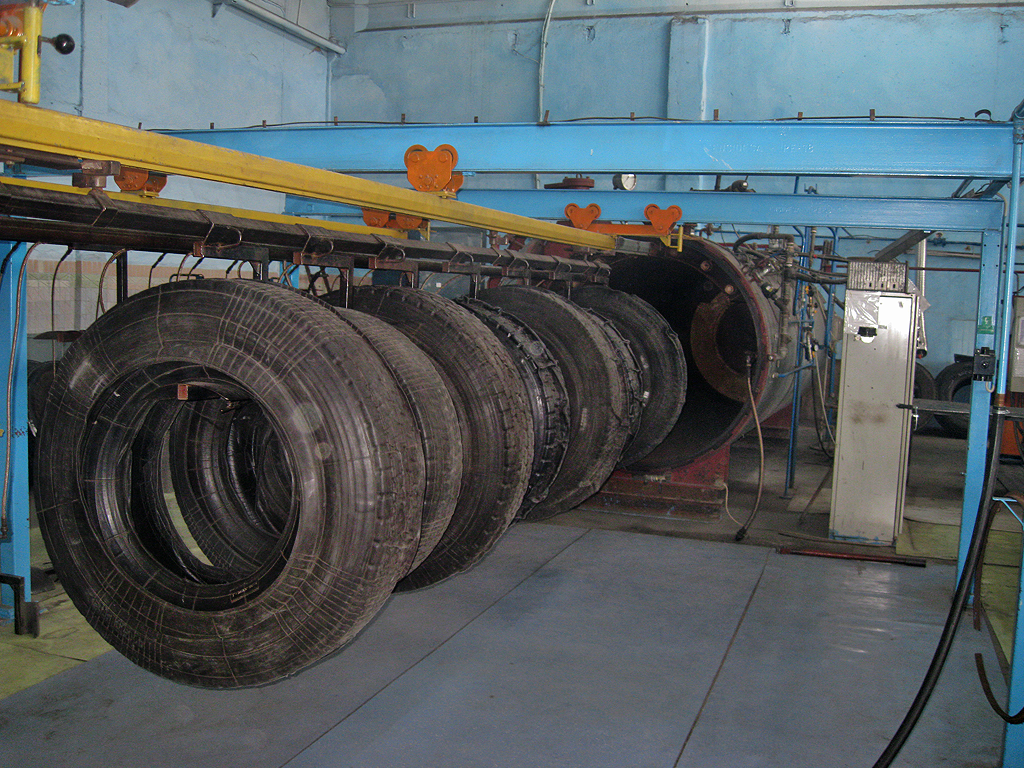




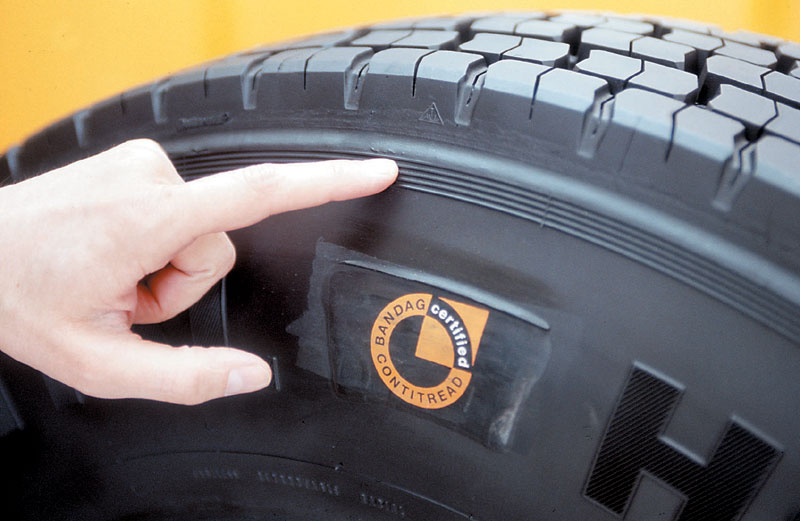
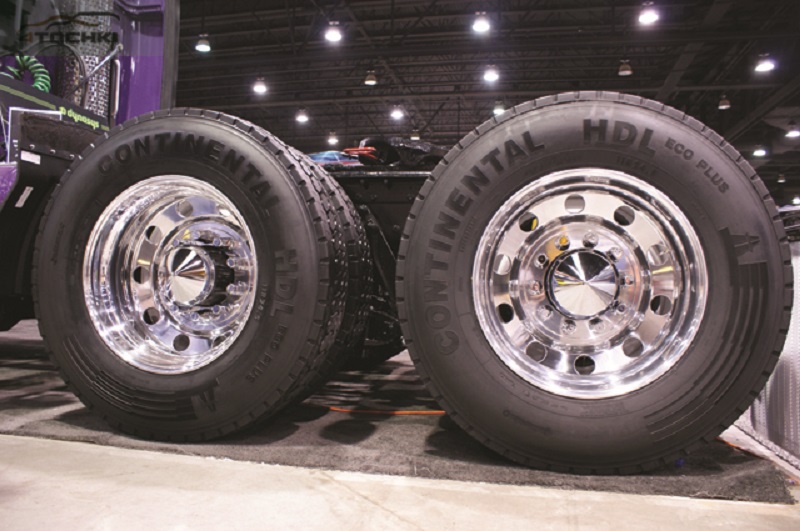
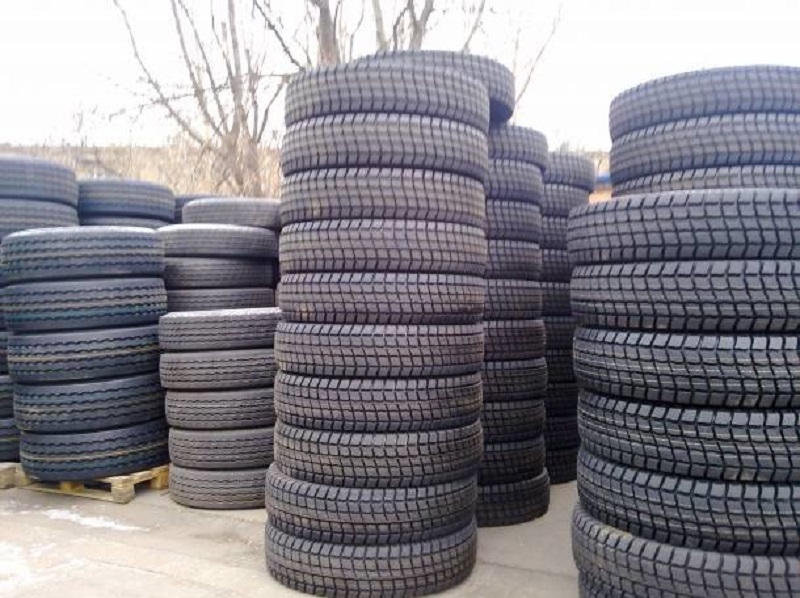

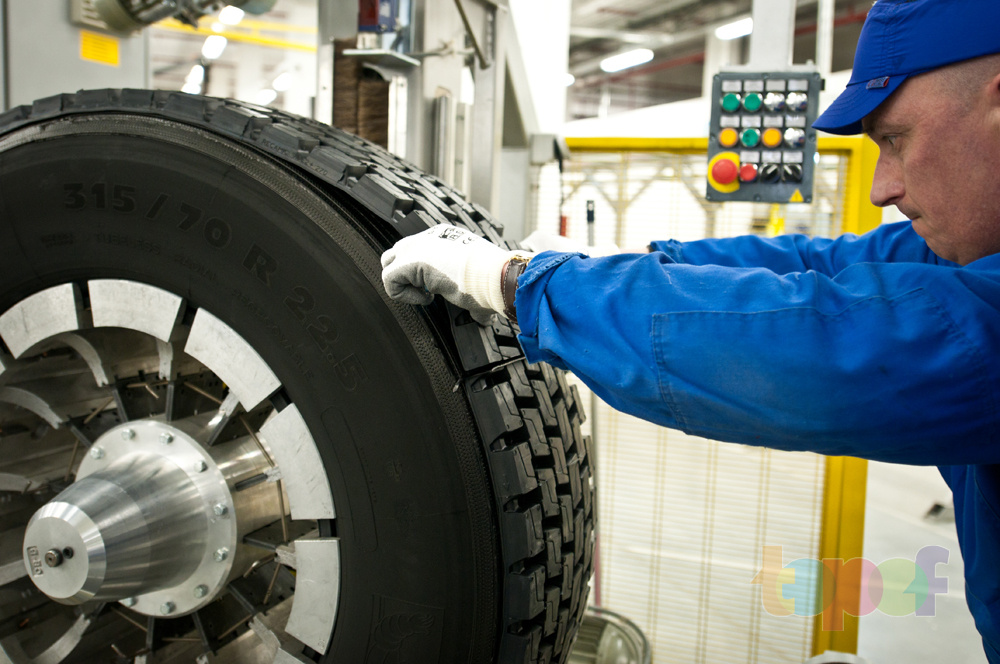
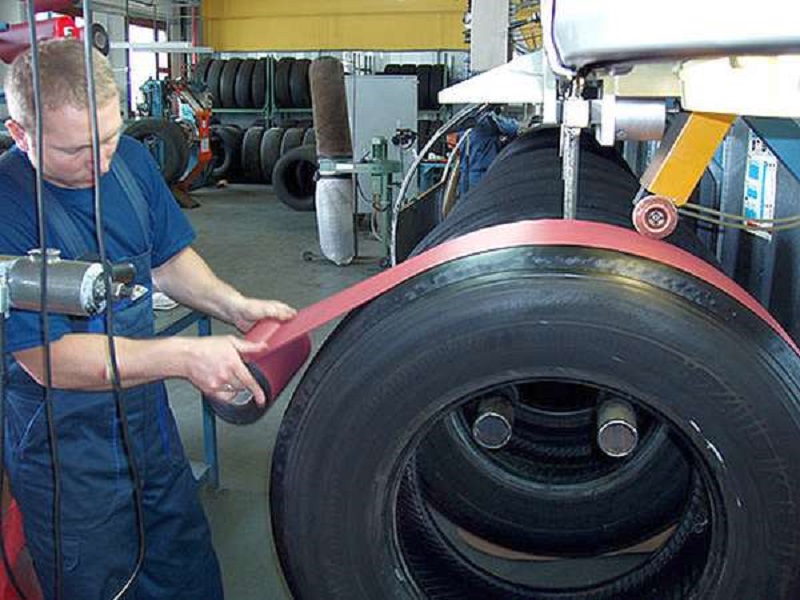

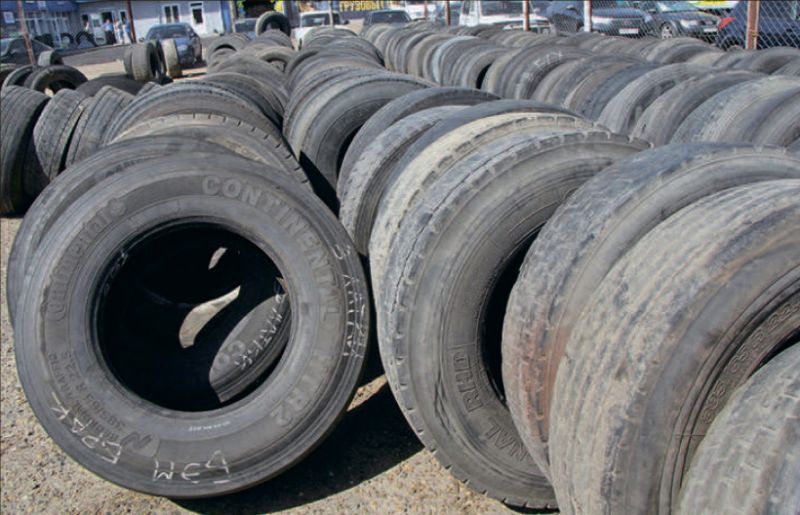






Comments